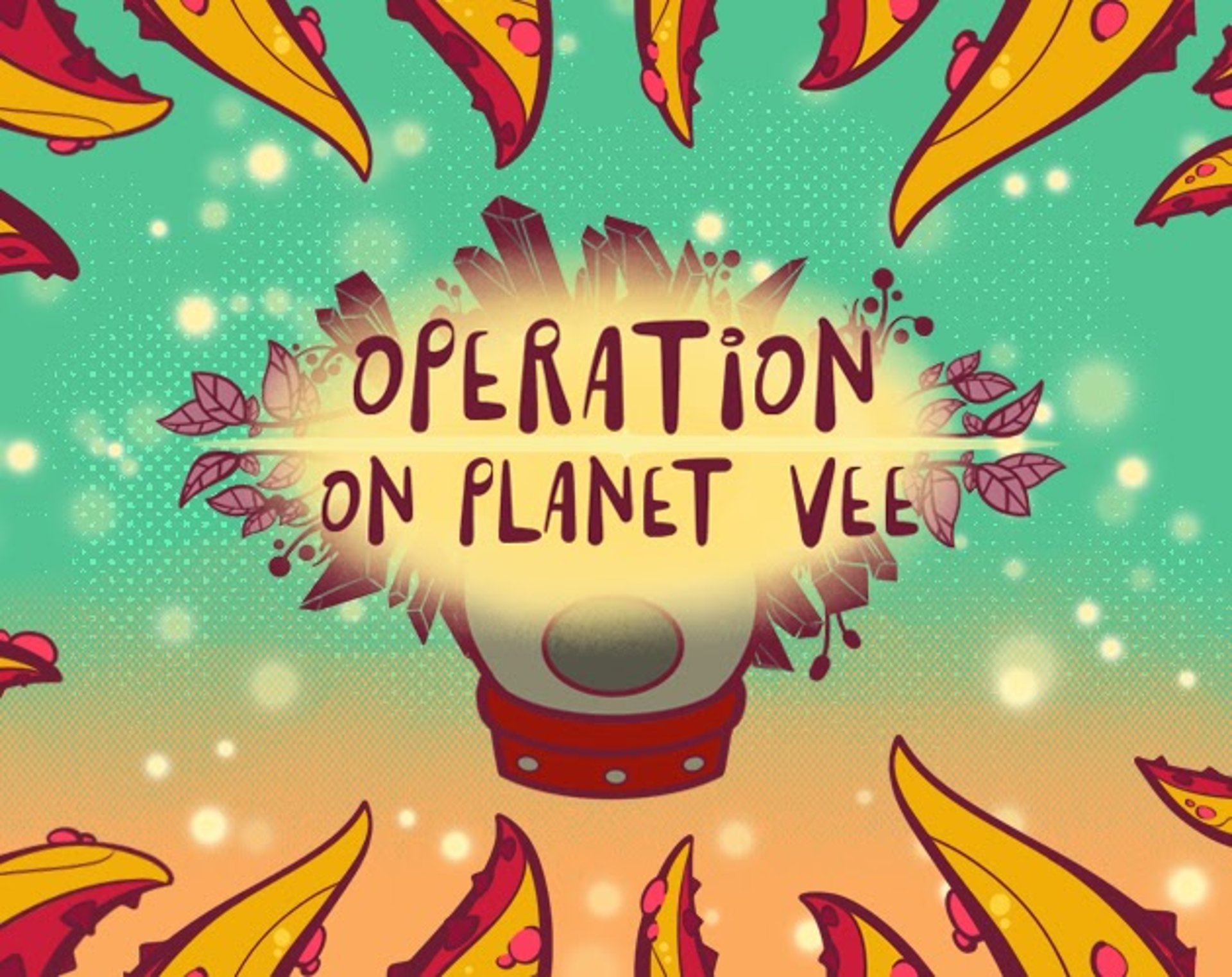

Overview
Operation on Planet Vee is an Action video game in which you will find yourself playing the role of a spaceman. You must each the Planet Vee to accomplish an Operation of disinfestation, from creatures that are going to destroy the ecosystem of the planet.
My contributions to the project include:
Enemy AI - Sperimented with enemy behaviours using the Unity's Animator
Event-driven input - Tried send commands to the player via event instead direct reference allowing more control.
Mission System - You have to complete the game with missions and enjoyed implement it with different type of completion criteria.
Input Tooltip - Feature to show the key used for specific input and is sync even after key rebind of the user.
My Role - Gameplay Programmer
Genre - Action RPG
Engine - Unity
Platform - PC (Itch.io)
Team size - 5 people
Duration - 6 months
Enemy AI
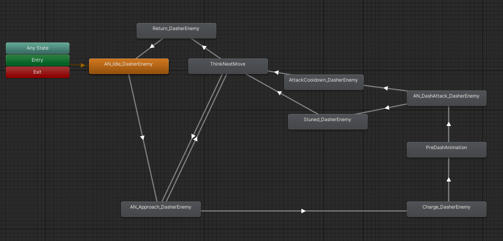

For this project i wanted to try an approach I heard some time about use the Unity's animator and Finite State Machine concept to drive the behaviour of the enemy, that was an interest approach and used along with the proper user of the Animator to implement animation to the enemy.
The first challenge other than study how other developer have implemented their solution, and also learned some quirks about StateMachineBehaviour class when the transition in not instant and other challenge to implement my solution is to have something that can easily can be used from the designer.
It was a nice experience to implement Finite State Machine this way instead by code as i done with the player.
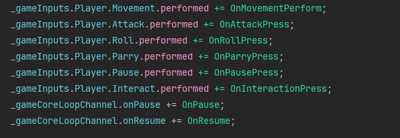

For this feature I uncoupled the input controller from how need to know is an input was pressed, this allowed me to be more flexible and manage the input as i want, the main example is buffered input that hold the last input pressed during the phase the player is performing an action.
Event-driven Input
Mission System
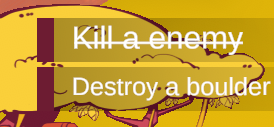

My concept was to organize the current missions into groups, so that once all missions in a group are completed, the mission plan activates the next set of missions. If it’s the final group, it triggers the happy ending instead.
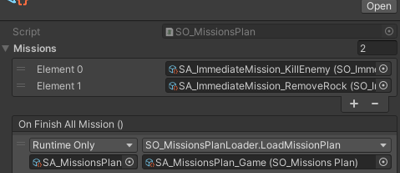

My idea was to group the current set of missions together, so that once all the missions are cleared, the mission plan triggers the loading of the next group of missions, or if it's the final set, it triggers the happy ending.
This project features two types of missions: one-shot missions, which can be completed immediately, and counter missions. The counter missions function similarly to one-shot missions but include an internal cumulative counter that requires the player to reach a specific amount before they can be cleared.


(Click on image to expand)
(Click on image to expand)
At the start of the map there are some tips of what controls do what, to show the key used we discoved that TextMeshPro support sprite as character.
The tooltip is aware when the control is rebinded and refresh to show the right key icon.
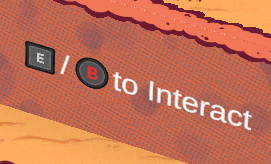

Input Tooltip
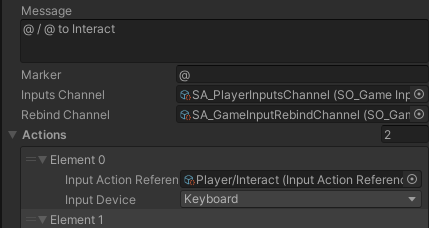

To setup the component you need to define a Marker (or placeholder), when you write the message and insert the Marker you must set the updated list of controls that will be taken and displayed on the tooltip by build the final text that TextMeshPro will render.
Conclusions
This was the first project of such complexity that I worked on, and I learned how to implement a variety of features and mechanics. I touched nearly every aspect of the game, from UI and in-game animations to managing music features like fading between soundtracks. I'm happy to say I thoroughly enjoyed working on this project and collaborating with team members from different departments.
